When we think of core strength, what immediately comes to mind is our abdominal muscles. However, our core is much more complex. There is no standardized definition of core strength, however, the core muscles can be thought of as those that help us maintain our posture, which in effect decreases (by evenly distributing), load on our joints. Some of the most important core muscles are: the Lumbar Multifidus, the diaphragm, the transversus abdominus, and our pelvic floor. Now we could talk all day (or for that matter for several days) about the importance of all of these muscles in literally everything we do, but today I’d like to focus on the one that usually gets the least attention, and that is our pelvic floor.
The Pelvic floor is the band of muscles that run between the pubic bone and the tailbone in both men and women. Some of the many important functions of the Pelvic Floor include: supporting the pelvic organs, control of the bowel and bladder, and sexual function.
Our pelvic floor is not usually talked about, or for that matter thought about, that is until something goes awry. Most often pelvic floor problems occur pre or post partum, but what most people don’t know is that they can occur in ANY stage of life, in both women and men.
Symptoms of a dysfunctional pelvic floor include (but are not limited to): incontinence, difficulties voiding, bladder or bowel urgency, pelvic pain, or pain with intercourse.
It is a common belief that these symptoms are a result of weakness in the Pelvic floor muscles, and many people are prescribed Pelvic floor exercises or “Kegels” as a treatment to strengthen their pelvic floor. What many people don’t know is that symptoms of Pelvic floor problems such as incontinence or pelvic pain can come from both weak and hypertonic (overactive and shortened) pelvic floor muscles. Therefore, “kegels” or pelvic floor exercises should not be prescribed to everyone. You should consult a Physiotherapist or other specialist if you have symptoms or concerns.
What are some easy ways to keep your Pelvic Floor Healthy?
1. Decrease your time spent sitting: You may have heard this before, but “sitting is the new smoking” and a sedentary lifestyle can result in a variety of health problems. For the Pelvic floor, sitting, (especially with poor posture) can result in a shortening in the muscles of the pelvic floor. Now think about how many hours a day you spends sitting? Our muscles (and bones for that matter) respond to the stresses that we put on them, thus if our muscles are not stretched and used throughout the day, they shorten and weaken. If you have been reading our other blog posts then you will know that if muscles are too short, or too long then they don’t work properly. Thus sitting on your tailbone = shortened pelvic floor = dysfunctional pelvic floor.
SO what can you do? The easy answer is to decrease your sitting time, however for many of us, this is just not possible. If you do have to sit, sit properly! Sit on your sitz bones and not on your tailbone. Sitting with proper posture (and lumbar support), helps to keep the alignment in the pelvis and spine and keeps the pelvic floor in a (relatively) lengthened position.
2. Learn how to squat: Most of us don’t know how to squat properly. Or maybe it’s just that we don’t need to? With chairs, and cars and toilets all conveniently placed so that our hips never come below our knees, we never get into this functional position that benefits not only our pelvic floor, but also our hips and our lower back. Squatting not only allows the pelvic floor to lengthen, but puts a natural stress on the pelvic floor. PLUS, this position makes it easier to void with less pushing and straining (which by the way puts a negative strain on the pelvic floor too!).
What should you do? Get squatting- see Katy Bowman’s website (she is the queen of squatting!) for some tips and tricks. http://www.katysays.com/you-dont-know-squat/. Or come in to Peak and assess your squat!
3. Get Moving (in good ways!) Obesity (and sedentary lifestyles as mentioned previously) both put negative strains on the pelvic floor. However, on the opposite side of the spectrum, high impact activities such as running and heavy lifting can also put a strain on pelvic floor. This again could be a topic in itself, so in short the best thing you can do is adhere to Australia’s exercise recommendations, and if you have any symptoms of a dysfunctional pelvic floor, seek the assistance of a qualified professional, who can suggest which activities would be safest for your body.
4. Fix your posture- This isn’t the first time you’ve heard it, and it certainly won’t be the last. Your posture directly affects the loads that are put on your pelvic floor. Posture varies from person to person, and also changes depending in the activities you find yourself in. Once again, if your not sure if your posture is correct when you are, standing, sitting, cleaning, running or jumping; make sure you consult a professional who can make sure you are doing it right!
For more information visit: Peak Women’s Health.
Peak Sports And Spine Centre has Physiotherapy clinicians who specalise in Women’s health and pelvic floor issues.
Let's get started — How can we help?
Physiotherapy
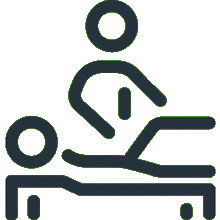
Chiropractic
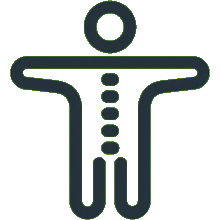
Podiatry
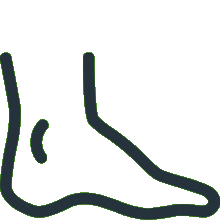
Massage Therapy

Women's Health Physiotherapy

Running Program Tailored To Your Goals
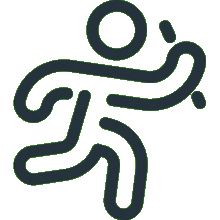
Joint Mobilisation
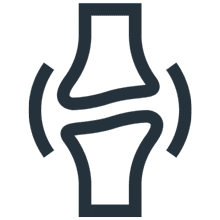
Active Release Technique

Exercise Prescription
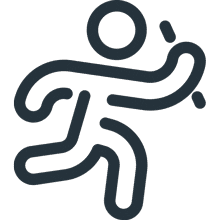
Real Time Ultrasound Imaging

Spinal Manipulation
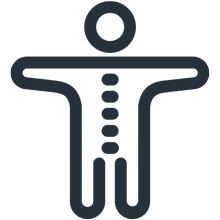
Functional Movement Screen
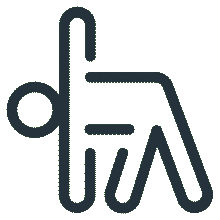
Knee Pain Treatment

Hamstring Strain Treatment
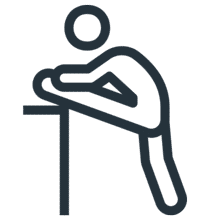
Hip Pain Treatment

Upper, Middle & Lower Back Pain

Neck Pain Treatment

Shoulder Pain & Rotator Cuff Tear

Can't find what you're after?
View all ServicesOr email the PEAK team at info@peakssc.com.au
Hawthorne
- Phone: (07) 3399 3318
- Fax: (07) 3319 6577
Address
5/171 Riding Road,Hawthorne, QLD, 4171 Get Directions
Opening Hours -
6 days per week
- Monday - Friday: 7:00 am - 8:00 pm
- Saturday: 7:00 am - 1:00 pm
To make a booking outside of business hours, please use our form by clicking here.
New Farm
- Phone: (07) 3399 4668
- Fax: (07) 3319 6577
Address
1/15 Lamington Street,New Farm, QLD, 4005 Get Directions
Opening Hours -
6 days per week
- Monday: 7:00 am - 8:00 pm
- Tuesday: 7:00 am - 8:00 pm
- Wednesday: 9:00 am - 8:00 pm
- Thursday: 10:00 am - 8:00 pm
- Friday: 7:00 am - 3:00 pm
- Saturday: 7:00 am - 3:00 pm
To make a booking outside of business hours, please use our form by clicking here.